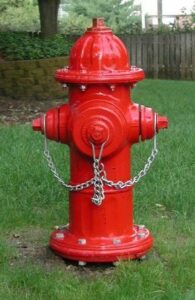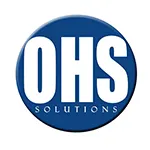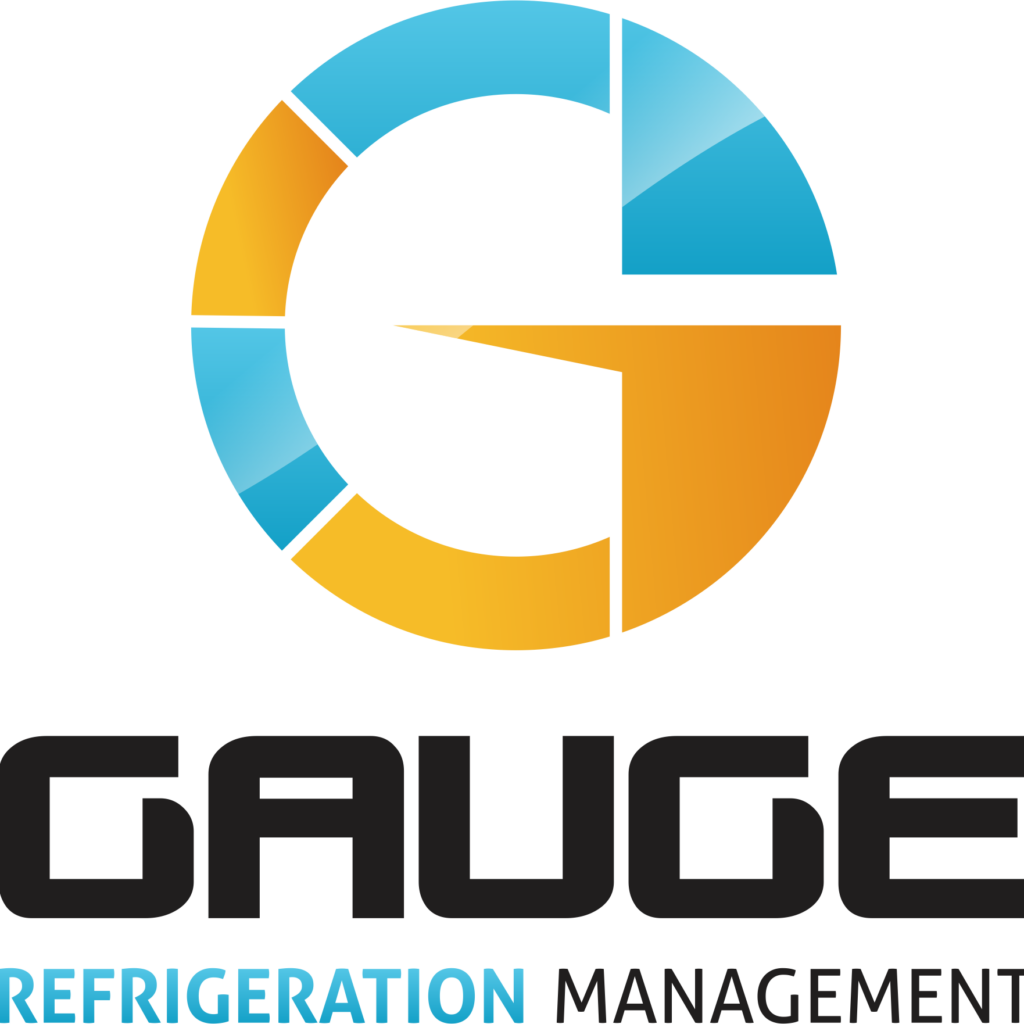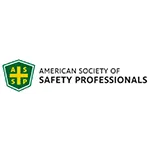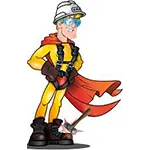SAFTENG Has
- Over 17,500 categorized unsafe acts/conditions and accident/injury photos
- Over 1,400 ppt's & doc's
- Over 3,900 technical articles on Process Safety & Occupational Safety & Health matters
- Over 400 videos
CLICK HERE to Renew your Membership
CLICK HERE for a NEW Membership
CLICK HERE to see eligibility requirements for FREE Membership
If you have any questions, please contact me
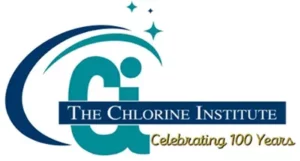
I am proud to announce that have extended our”Partners in Safety” agreement for another year (2025).
CI Members, send me an e-mail to request your FREE SAFTENG membership.





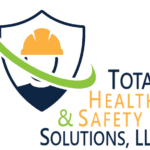


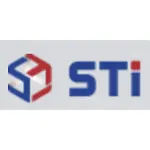

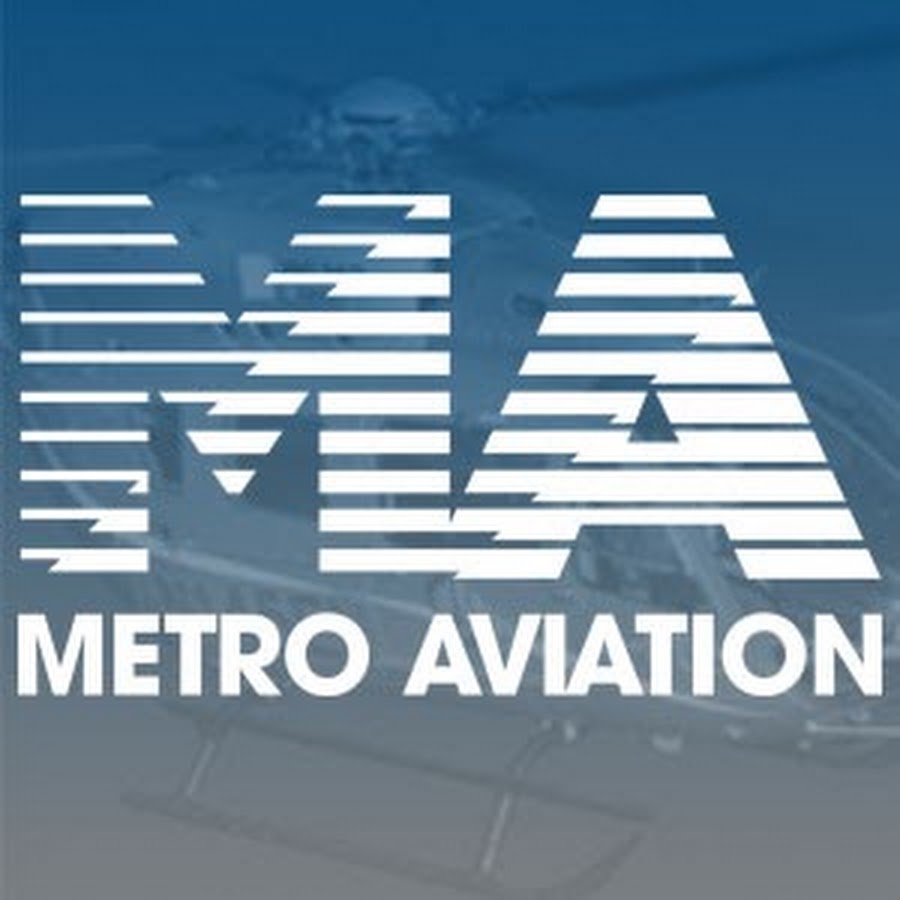
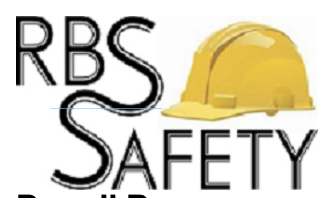


April 11, 2021
At 6:52 p.m. on August 10, 2020, three (3) employees attempted to remove a clog from a hydrolyzed. A hydrolyzed apparatus is used to conduct the hydrolysis reaction in starch. The employees were unable to get the steam to release from the pressure vessel. Employee #1, a senior maintenance worker, made the decision to open a flange positioned at the bottom of the pressure vessel to release the steam....
Read More
Knowing the limitation of your respiratory protection can mean the difference between life and death
April 11, 2021
Once again, a DOT container cleaning company had another fatal PRCS incident (2020) where we have an entrant and a would-be rescuer dying in a hazardous atmosphere – oxygen deficient. In this incident, the would-be rescuer donned a full-face Air Purifying Respirator before he attempted his rescue effort but was overcome by the atmosphere and died. There were so many things done wrong...
Read More
April 11, 2021
This is a very high-tech and expensive VaneometerTM. I am kidding, it is only around $40 and it may be one of the simplest safety devices we will ever use. But don’t let the price or simplicity fool you – it is an ABSOLUTELY CRITICAL device for those of you that have ventilation systems, especially ventilation intended for flammable vapors/gases. Both the IFC and NFPA...
Read More
April 11, 2021
Recently I was at an HOA meeting for my neighborhood because of some concerns some homeowners had after a home fire. Like most folks, everyone can recognize the object to the left – quite possibly one of the most recognized safety objects of all time. And the color of the hydrant is red, but what many folks don’t know is that the color of the hydrant is actually tied to the...
Read More
April 11, 2021
NFPA has made a major revision to NFPA 1961, Standard on Fire Hose, 2020 Edition. The new requirement that 1½ in. to 3 in. attack hose be tested in accordance with:
…
HomeRead More »
Read More
April 10, 2021
Respondent operates a “stationary source” and has registered an RMPlan with the EPA for its Facility and has developed an RMProgram accidental release prevention program for the stationary source. Respondent operates an ammonia refrigeration process that has on-site storage of 15,416 pounds of anhydrous ammonia.
On December 11, 2018, the EPA conducted an on-site inspection of the RMProgram...
Read More
April 9, 2021
Technical Safety BC (British Columbia) has issued two new safety orders regarding ammonia in refrigeration plants. Failure to comply with the requirements of these safety orders may result in enforcement action under the Safety Standards Act and associated regulations.
These two (2) safety orders are:
Safety Order SO-BP-2021-01: Secondary Coolant
Safety Order SO-BP-2021-02: Emergency Discharge...
Read More
April 9, 2021
Back in February of this year, I posted an article on how badly broken our “Industrial Zoning” process is broken in the USA. The article was titled: “FAILURES of true “facility siting” – our “zoning” process is broken and dangerous!” and it was about a chemical plant’s pleas to the city council to not rezone 22 acres next door to them...
Read More
April 9, 2021
The number 1 failure that causes releases of anhydrous ammonia in agricultural and bulk transports is hose failures! Without a doubt, at a fertilizer distribution center, loading and unloading DOT containers via transfer hoses pose the greatest risk for a catastrophic event. So special attention is deserving when it comes to the hose(s) we will use for these transfers and in my nearly 30...
Read More
April 9, 2021
The federal OSHA standard(s) are not very helpful when it comes to guidance on guarding hot surfaces and this causes many debates during audits, HAZ assessments, and Pre-Start Up Safety Reviews (PSSR). We probably are all aware of the seven (7) feet rule for guarding “fan blades”…
1910.212(a)(5) Exposure of blades. When the periphery of the blades of a fan is less than seven...
Read More
April 9, 2021
Most safety professionals attribute “safe work permitting” to process safety, Line Breaks/Process Openings, LOTO, Hotwork, and PRCS. But my first exposure to work permits was because of OSHA’s Hazardous Communications standard…
1910.1200(e)(1)(ii) The methods the employer will use to inform employees of the hazards of non-routine tasks (for example, the cleaning of reactor...
Read More
April 9, 2021
NOTE: Anyone can download these pamphlets for FREE; just visit the CI bookstore and go through the purchasing process as if you were buying them and you will NOT be charged or even asked for a credit card!
The Chlorine Institute (CI) has updated their Pamphlet 95, Gaskets for Chlorine Service (Ed. 6), and added eleven (11) new gaskets for chlorine service.
Read More



